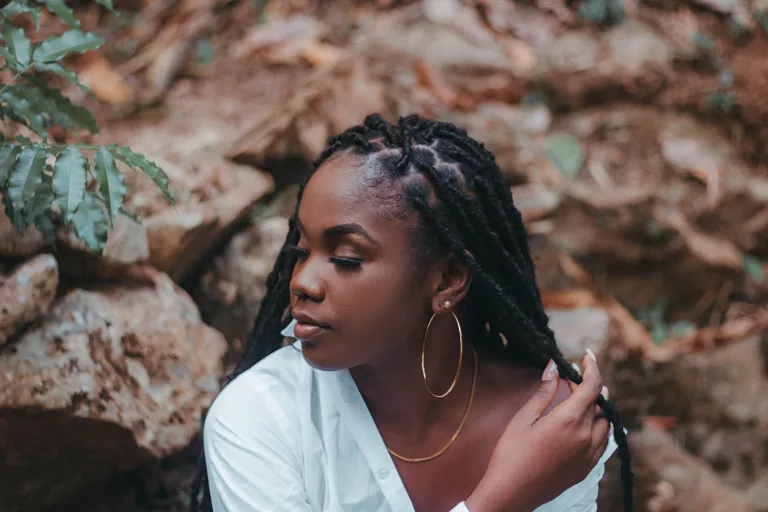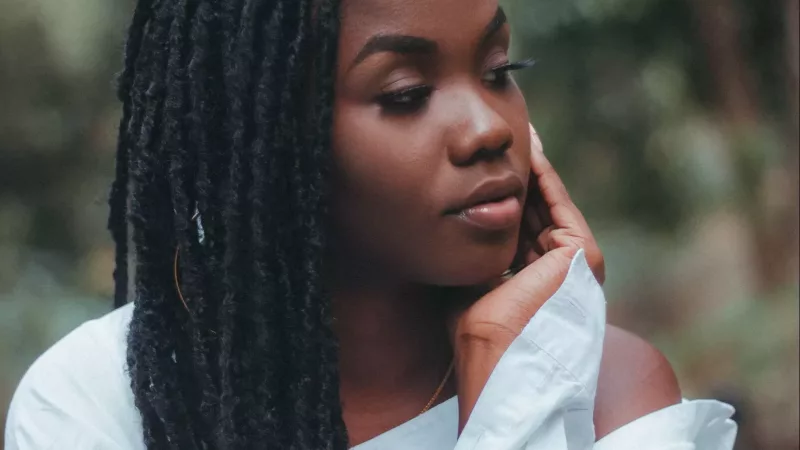Dreadlocks, also known as locs or dreads, have become increasingly popular in recent years. These rope-like strands of hair are the result of a deliberate process of coiling and matting hair. Although they have gained popularity in the mainstream, locs have been worn for centuries by various cultures across the world.
Discover the fascinating history, types, styling techniques, and maintenance tips of locs. Join us in exploring the beauty and power of this timeless hair style.
Origins of Locs

Styles of Locs
There are many different styles of dreadlocks to choose from, depending on your hair type and personal preferences. When deciding which type will suit you, consider your personal style preference as well as willingless to spend time maintaining your locs. Some loc styles require regular maintenance while others are low maintenance.
Traditional Locs
These are the most common type of dreadlocks, formed by allowing hair to coil and mat naturally over time. Traditional locs require minimal maintenance, but they can take several months to fully mature.
Freeform Locs
Freeform dreadlocks are formed by allowing hair to coil and mat naturally without any manipulation. This style requires minimal maintenance, but it can take several years for hair to fully mature. This style is ideal for people who want a more relaxed and organic look.
Sisterlocks
Sisterlocks are smaller and more delicate than traditional dreadlocks. They are created by dividing hair into small sections and then creating tiny, tightly interlocked locks using a special tool.
Sisterlocks require more maintenance than traditional dreadlocks, but they allow for more styling versatility. This style is great for people with fine hair or those who want a more delicate and intricate look.
Styling Locs
One of the benefits of dreadlocks is that they are relatively low-maintenance and can be styled in a variety of ways. Here are a few ideas to get you started:
Updo: Gather your dreadlocks into a high or low ponytail, then twist or braid them into a bun or chignon. This style is perfect for formal occasions or when you want to keep your hair out of your face.
Half-up, half-down: Take a section of dreadlocks from the crown of your head and tie them back with an elastic or hairband. Leave the rest of your locks loose to create a playful and casual look.
Braids: depening on how small your individual locs are and how long your hair is, you can experiment with different braid patterns such as corn rows or French braids.
Accessories
You can add beads, ribbons, scarves, or other decorations to your dreadlocks to add some personality and flair. Just be sure to choose accessories that won’t damage your hair or pull too tightly.
Color
Dreadlocks can be dyed any color of the rainbow, from bright pink to deep blue. If you decide to dye your dreadlocks, be sure to use a gentle dye that won’t damage your hair. It’s recommended that you dye your hair a maximum of twice a year. To keep the color looking vibrant, avoid overwashing, and wash with a gentle shampoo. For more tips on how to care for your dyed hair, check out our informative article here.

Caring for Locs
Although locs are a low maintenance style compared to other hairstyles, they still require care. With the right tools and techniques, they can be kept looking healthy and vibrant. Proper care is essential for maintaining healthy dreadlocks. Here are a few tips to keep your dreadlocks looking their best. For a more detailed, step by step guide, access our loc maintance guide at https://glisen.me/transform-your-hair/ .
Wash Regularly
Contrary to popular belief, dreadlocks should be washed regularly to prevent buildup and keep them smelling fresh. Use a residue-free shampoo and rinse thoroughly to avoid leaving any soap behind. Use a gentle shampoo to avoid dryness and breakage.
Moisturize
Dreads can become dry and brittle if they are not moisturized regularly. Use a natural oil like coconut or jojoba oil to keep your locks soft and supple.
Dry Thoroughly
It’s important to fully dry your dreadlocks after washing, as damp hair can lead to mildew and odor. Use a towel to blot excess water, then allow your hair to air dry completely.
Maintain Regularly
Regular maintenance is essential for preventing breakage and maintaining the integrity of your dreadlocks. This may include re-twisting your locks, which you can do at a salon or at home with a crochet hook or your fingers, as well as trimming any loose or damaged hair. Locs are delicate and can be easily damaged by excessive pulling or tugging. Be gentle when styling or handling your locks to avoid causing unnecessary stress or breakage.
For more detailed style guide, check out our article on loc styles.
Locs have a rich history and cultural significance, but they have also become a popular hairstyle choice for many people. Whether you choose traditional dreadlocks, sisterlocks, or freeform dreadlocks, it’s important to care for your hair properly to keep it looking healthy and beautiful. We hope this guide on the history of locs, along with different types of locs and how to care for each style has been helpful in your journey to learning more about locs.
Are you considering getting locs? Comment below and share your thoughts with us!


Thanks for the tips very useful for those with
Dreadlocks!